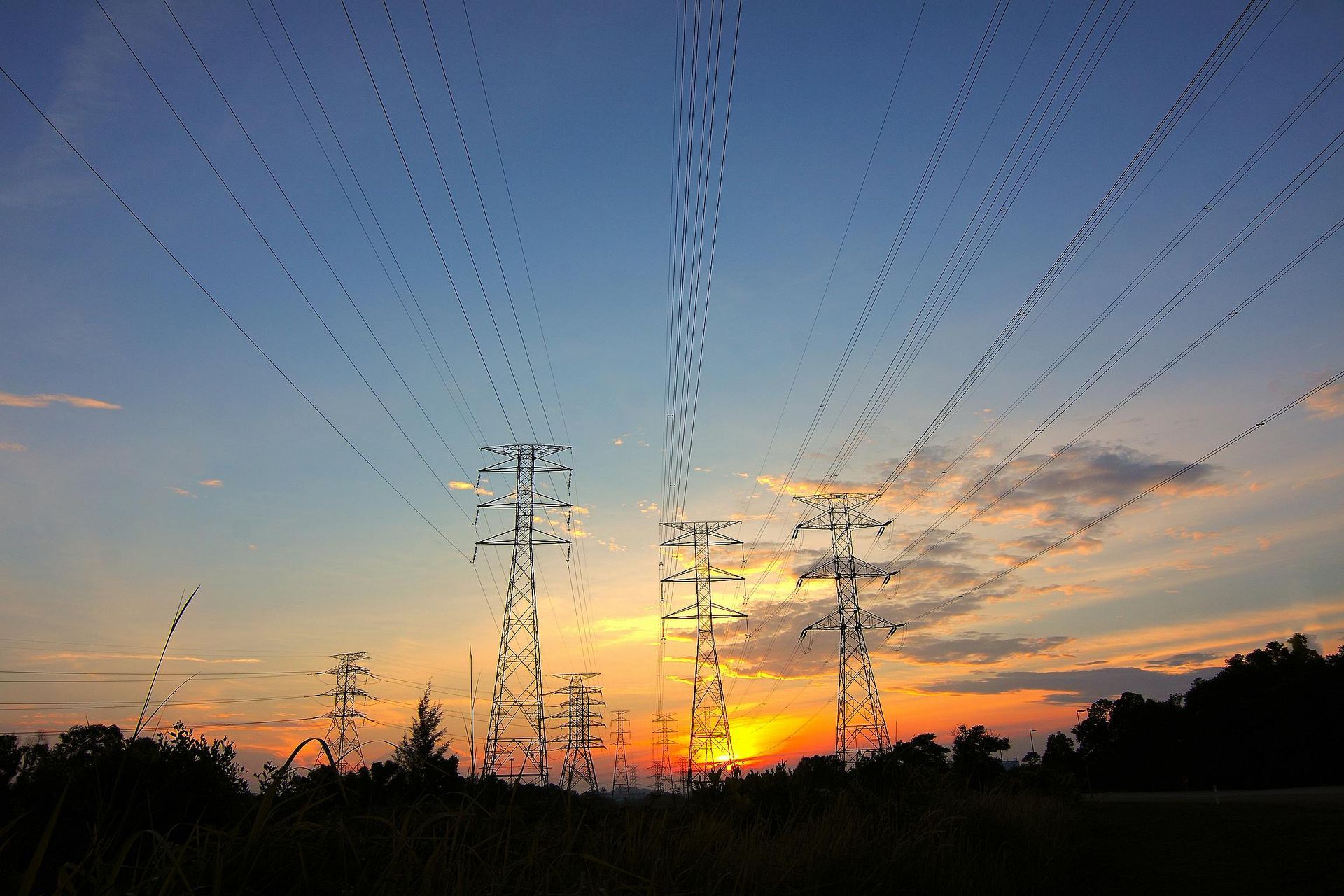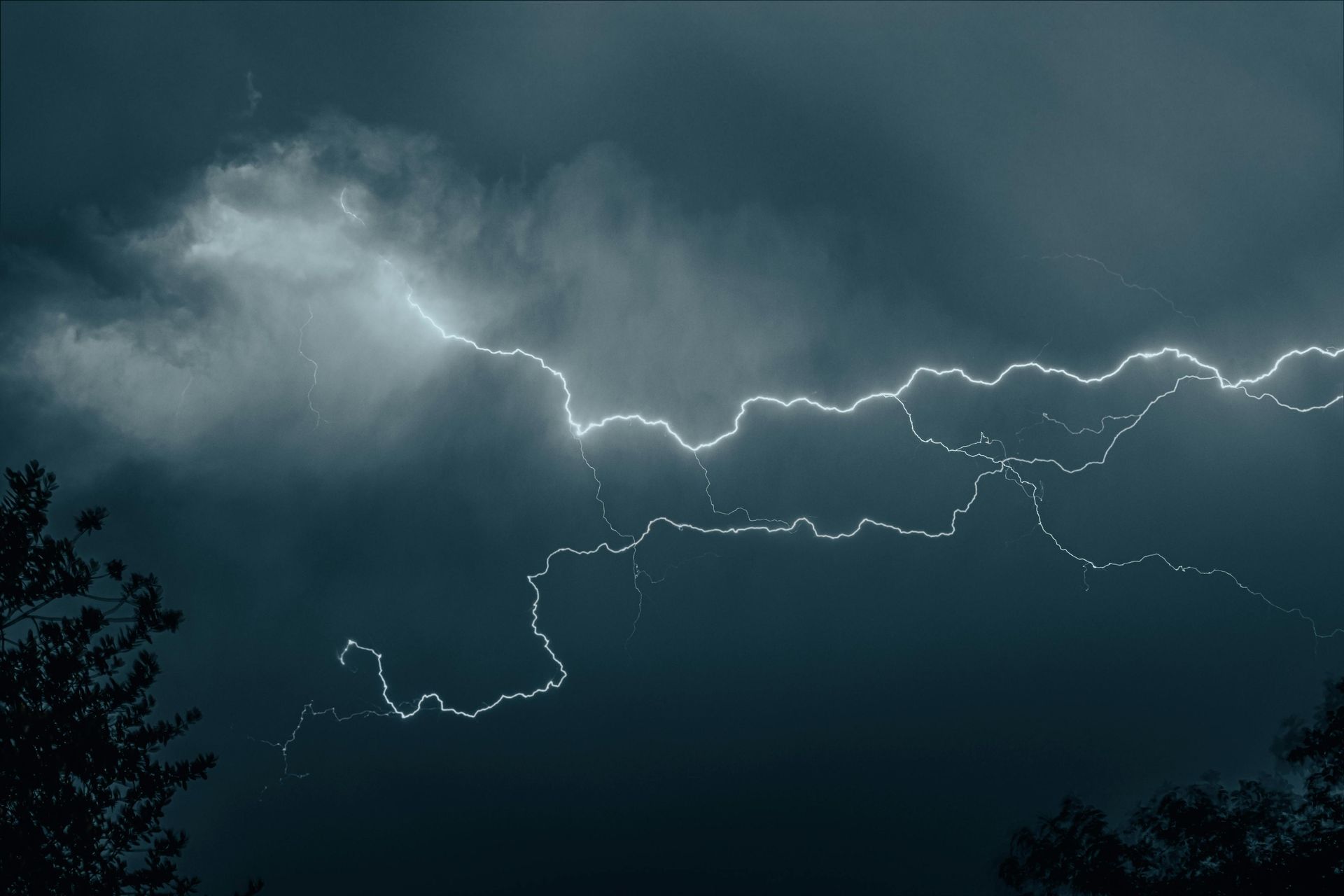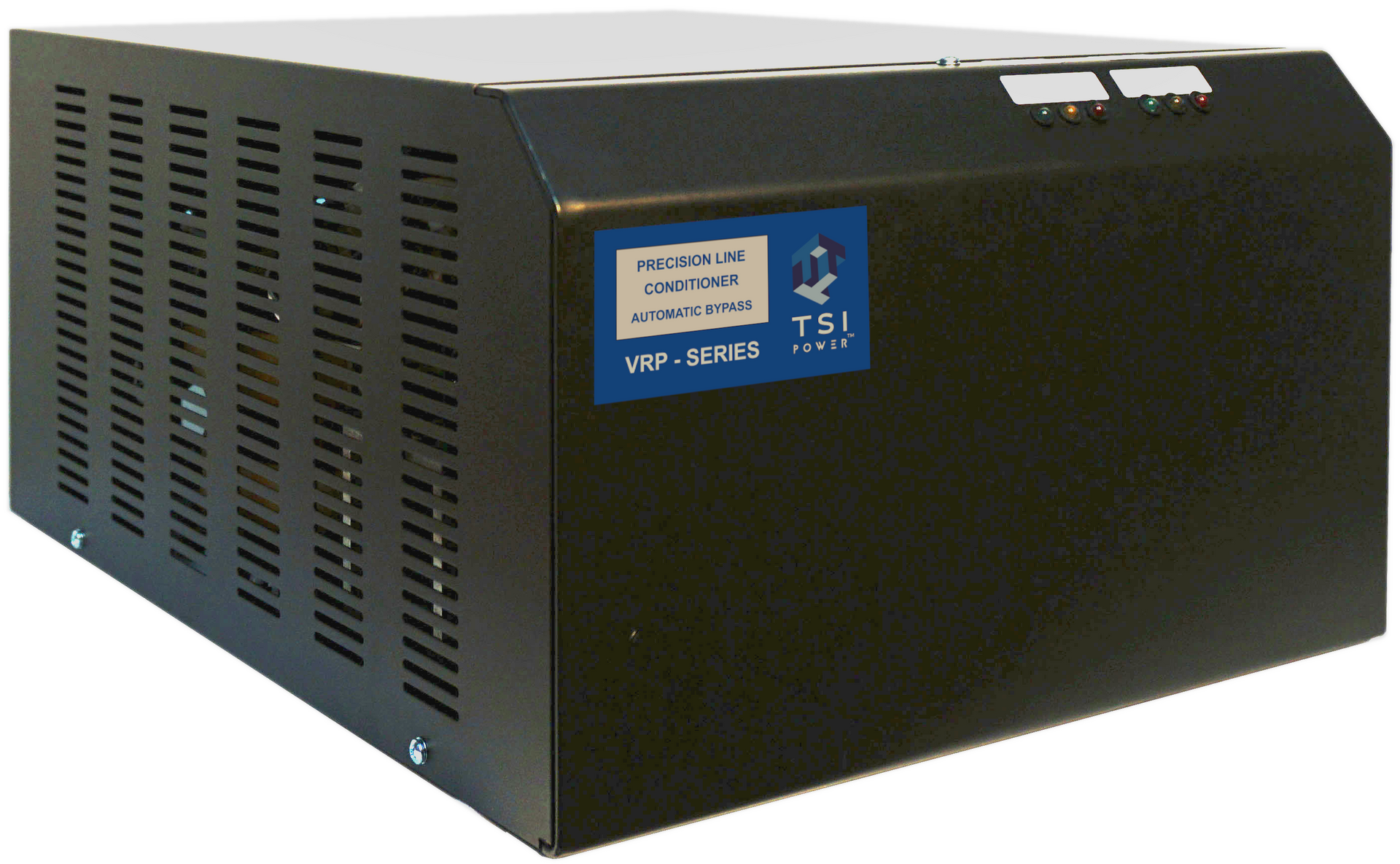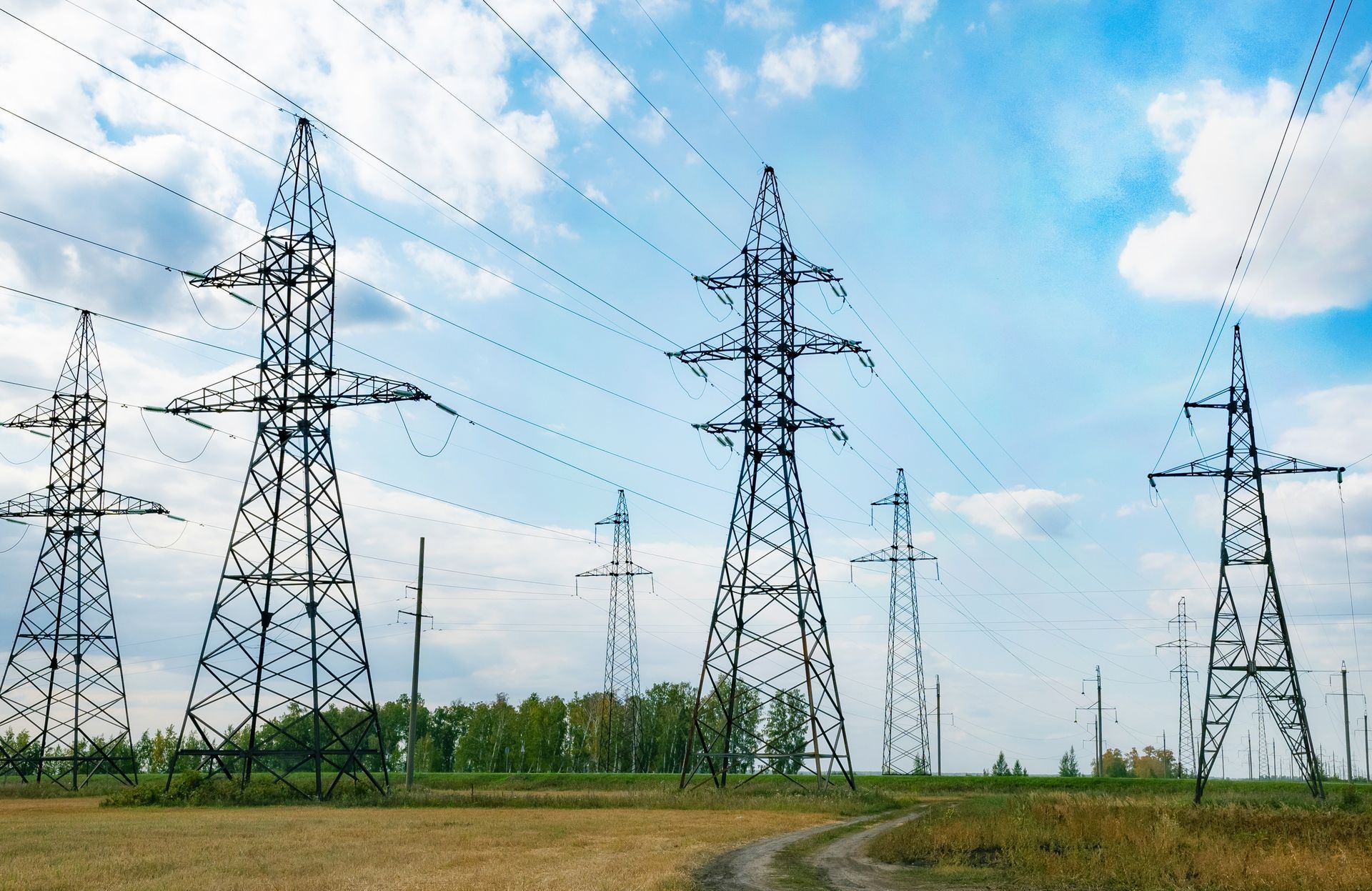10 Power Irregularities Every Facility Should Be Aware of
22 June 2025
Share this article:
What is a Power Irregularity?
Power irregularities refer to any deviation from the normal, stable delivery of electricity that facilities depend on. These fluctuations, such as a voltage sag, surge, or harmonic distortion, can damage equipment, interrupt operations, and lead to costly downtime. In environments where operational continuity and equipment health are critical, understanding these irregularities is the first step toward prevention.
What Are Common Causes for Power Irregularities?
Power irregularities can stem from a range of external and internal factors. Common causes include:
- Utility Grid Instability: Strain on the grid during peak times or extreme weather.
- Electrical Faults: Short circuits and ground faults disrupt voltage flow.
- Large Equipment Cycling: Motors, compressors, and HVAC systems introduce sudden load changes.
- Lightning Strikes: Generate voltage spikes and surges.
- Poor Facility Wiring: Outdated or improperly grounded electrical systems invite disturbances.
Recognizing these causes can help facility managers preempt risks before they escalate into serious problems.
Which Facilities Are Most Susceptible to Power Irregularities?
Certain facilities face heightened risks of power irregularities due to either their operational demands or environmental factors:
- Manufacturing Plants: Heavy machinery and robotics are sensitive to voltage fluctuations.
- Data Centers: Require uninterrupted, clean power for server uptime.
- Healthcare Facilities: Imaging and diagnostic equipment must be protected against even minor disruptions.
- Mining and Oil & Gas: Remote locations and harsh conditions increase vulnerability.
- Facilities in Storm-Prone Areas: Weather-related grid instability introduces added risks.
Understanding your facility's susceptibility is key to designing an effective power protection strategy.
10 Common Types of Power Irregularities
Voltage Sags
Voltage sags are short-term drops in voltage, typically caused by the startup of large motors or faults on the power line. Even brief sags can disrupt production processes and cause sensitive systems like PLCs and robotics to malfunction.
Voltage Surges
Voltage surges occur when voltage spikes above normal levels, often due to sudden changes in load or utility switching. Surges can degrade wiring insulation and damage electronic controls over time.
Power Outages
Power outages can range from seconds to hours. Facilities without adequate UPS backup can suffer data loss, equipment shutdown, and extensive downtime costs.
Frequency Variations
Electrical power operates at a fixed frequency (typically 60 Hz in North America). Frequency variations can result from imbalances between power supply and demand, leading to inefficiencies and overheating in motors and sensitive equipment.
Electrical Noise
Electrical noise is high-frequency interference that infiltrates power lines, often from nearby industrial equipment or lightning. It disrupts communication signals and can interfere with sensor accuracy and control systems.
Harmonic Distortions
Caused by non-linear loads such as VFDs, UPS systems, and LED lighting, harmonic distortions corrupt the standard sinusoidal wave of electrical power. Left unchecked, harmonics can cause overheating in transformers and capacitors, leading to premature failure.
Voltage Spikes
Voltage spikes are brief but extreme increases in voltage, often the result of lightning strikes or switching large inductive loads. Even a single spike can irreparably damage sensitive electronic devices.
Grounding Issues
Improper or inadequate grounding creates pathways for stray voltage and can introduce dangerous potential differences in equipment. It’s a major factor behind unexplained equipment malfunctions and safety hazards.
Power Swells
Power swells are temporary increases in voltage, usually caused by large load changes or faults on the utility side. Prolonged exposure to swells can stress equipment insulation and damage sensitive electronics.
Brownouts
Unlike sags, brownouts involve a sustained drop in voltage over minutes or hours. Often used by utilities to manage grid load, brownouts can cause motors to stall and sensitive systems to behave unpredictably.
What Are Solutions to Mitigating Power Irregularities at Your Facility?
Combating power irregularities requires a layered approach:
- Voltage Regulators: Systems like ABB’s Active Voltage Conditioners (AVC) maintain tight voltage tolerances and correct real-time fluctuations.
- Industrial UPS Systems: Provide backup during outages, bridging the gap and preventing abrupt shutdowns.
- Power Studies and Site Metering: Identify vulnerabilities and tailor solutions to your facility’s unique profile.
- Surge Protection Devices (SPDs): Protect against transient overvoltage caused by surges and spikes.
- Proper Grounding Systems: Ensure safe dissipation of excess voltage and minimize risk of stray currents.
By deploying a combination of these solutions, facilities can safeguard operations against even the most unpredictable power events.
What Voltage Correction Offers for Power Irregularities
At Voltage Correction, we specialize in delivering turnkey solutions for power irregularities. From initial site assessments to full system design and installation, we ensure your facility is equipped with the latest in power correction technology.
We offer:
- ABB PCS UPS-1 Systems for reliable backup power and efficiency.
- ABB 100 ESS AVC Systems for continuous voltage regulation.
- Custom Power Studies to identify and address specific vulnerabilities.
- Expert Consultation to guide you in selecting the best solution for your environment.
Our focus is on delivering comprehensive protection that maximizes uptime, extends equipment life, and enhances operational efficiency.
Contact Voltage Correction today to schedule a consultation. Let’s build a power strategy that prepares your facility for whatever challenges the grid (or nature) throws your way.
Connect with Us:













